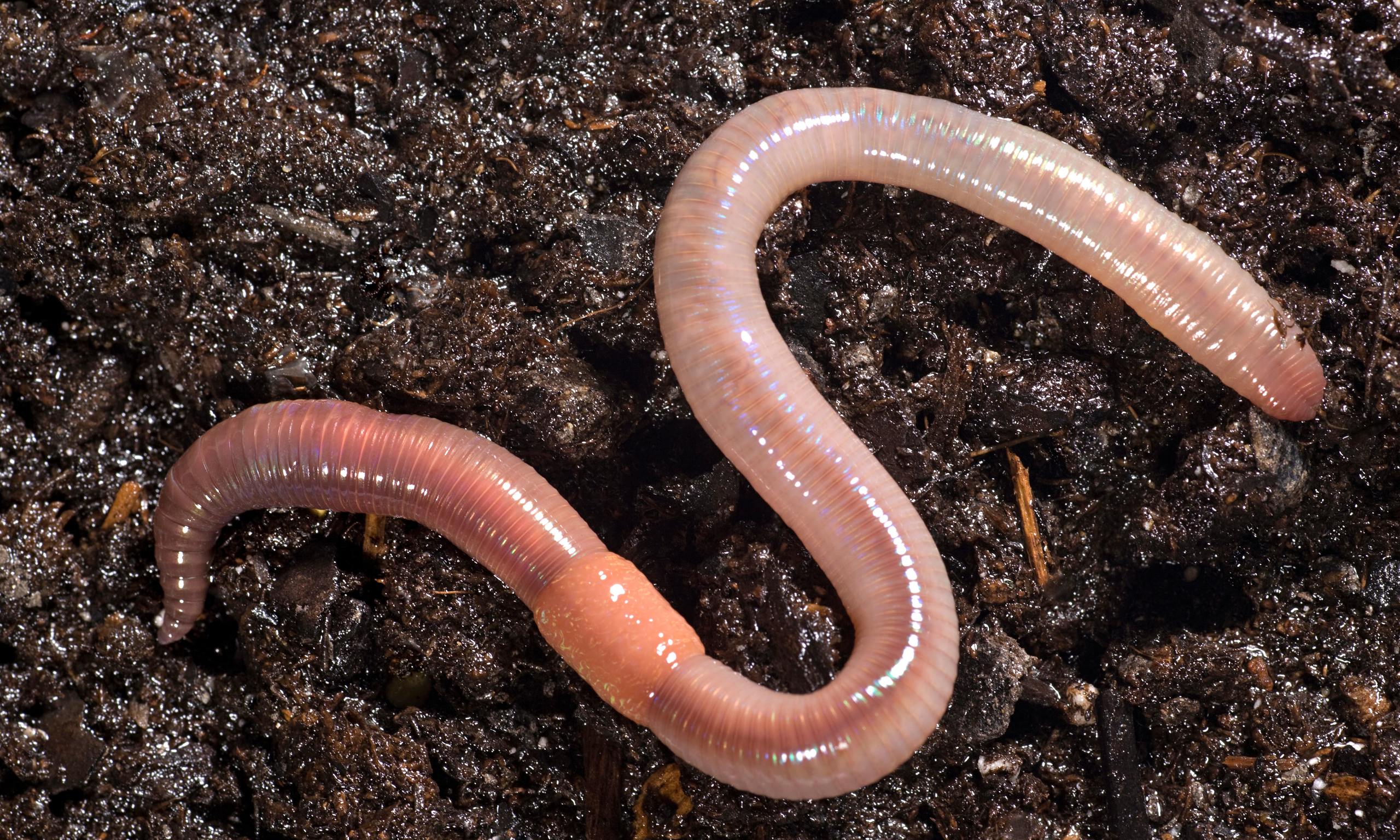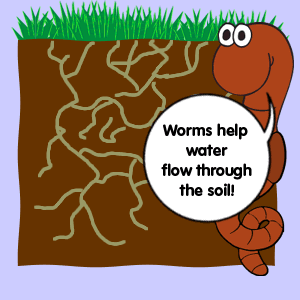The Greatest Guide To North Carolina Worms
The Greatest Guide To North Carolina Worms
Blog Article
Facts About North Carolina Worms Uncovered
Table of ContentsRumored Buzz on North Carolina WormsNorth Carolina Worms for DummiesAbout North Carolina WormsGetting The North Carolina Worms To Work
Example: 1-gallon of worm castings to 4 gallons of potting mix. 1/2 mug in the bottom of the planting opening for smaller plants. 1 mug for larger plants.
The enhancement of tea can likewise add increased microbial biomass to your dirt. You can constantly side-dress your plants with worm castings at any moment. Simply keep in mind, the microorganisms will pass away if subjected to UV rays (Sun), so make sure to cover the castings with an inch approximately of soil.
This baffled them for years till the screening methods became better. It would get better(with more spreadings), degree off, and then decline. Too many worm spreadings would certainly speed up the growth to a rate that the plant can not recover from.
5 Easy Facts About North Carolina Worms Shown
I have clarified the virtues of worm spreadings for concerning 2000 words. Worm spreadings are no different. It takes time to create top quality worm castings.
Worm castings absolutely set you back more than chemical plant foods. Worm castings are on the more affordable end of organic plant foods. (50 gallons per year) It is a much more challenging and really pricey investment to generate huge amounts of worm spreadings.

Producing a healthy and balanced dirt may be the biggest benefit of worm spreadings. We reviewed worm spreadings NPK and additionally the correct nutrient evaluation that ought to apply to worm castings.
Facts About North Carolina Worms Revealed
We chatted concerning some of the downsides associated with worm spreadings. I covered a great deal of product in this short article.
The vertical burrows are normally open, although the worms top the top with residue and excrement. The upright burrows are extremely vital points of access for fast water infiltration right into the dirt, especially in no-till systems. Air-filled porosity is critical in aiding plant roots to grow. Origins need oxygen for their development, whereas they produce co2 that needs to leave the soil.
Earthworms increase porosity by 2 mechanisms: (1) by developing permanent burrows, and (2) by boosting dirt gathering. Aggregation is improved by the blending of dirt and raw material in the earthworms' intestines. Lenoir NC Worms For Sale. These highly stable aggregates are transferred by some earthworms in their burrows, and by others at the surface area of the soil


In one more research, earthworms were estimated to eat 4 to 10 percent of the leading 6 inches of the dirt every year. This only goes to reveal the substantial amounts of dirt that can be refined by earthworms. Soil compaction reduces the porosity of the dirt. Since earthworms boost porosity, they minimize the results of compaction.
Getting My North Carolina Worms To Work
Common earthworm populations can conveniently eat 2 bunches of completely dry issue per acre annually, partly absorbing and blending it with dirt. The value of earthworms to mix surface area deposit with soil ends up being extremely clear in dirts that do not have any earthworms. A lot of our Pennsylvania soils contend least some earthworms, and the impact of their complete absence, therefore, can not be kept in mind.
(http://directdirectory.org/details.php?id=357115)In these soils, the formation of topsoil with practical natural matter material did not take place, causing poor plant growth. When the cause was established, the federal government of the Netherlands started a project to present earthworms. After the intro of the earthworms, a dark topsoil layer was formed, and plant growth raised considerably.
They live mostly from partly disintegrated organic matter that is already integrated in the soil. They consume their way with the soil, creating straight burrows that they fill up with their excrement. These types ingest large quantities of soil that they mix with digested plant deposit in their digestive tracts. or anecic varieties reside in irreversible upright burrows that can be 5 or 6 feet deep.
These varieties consume significant quantities of dirt that they blend with absorbed residue in their guts. Their excrement is primarily transferred at the surface of the dirt.
Report this page